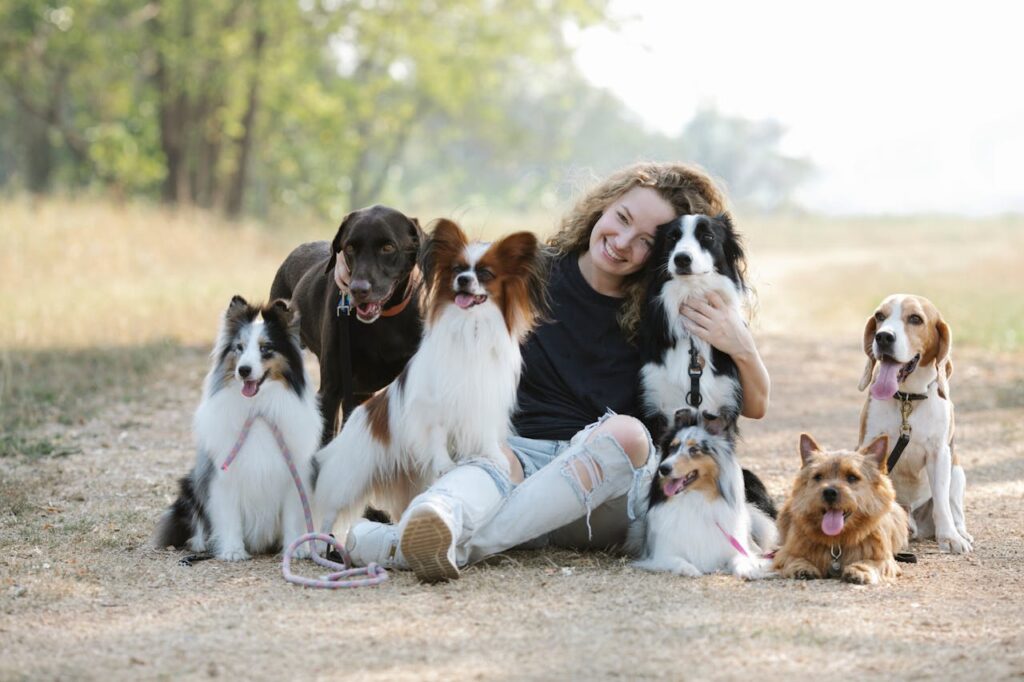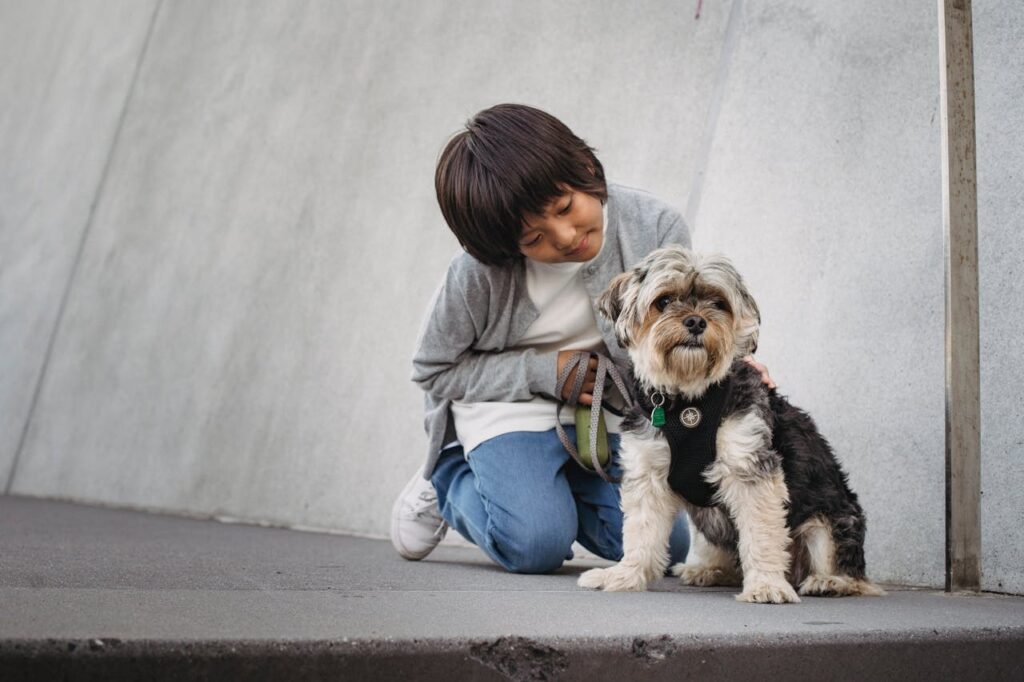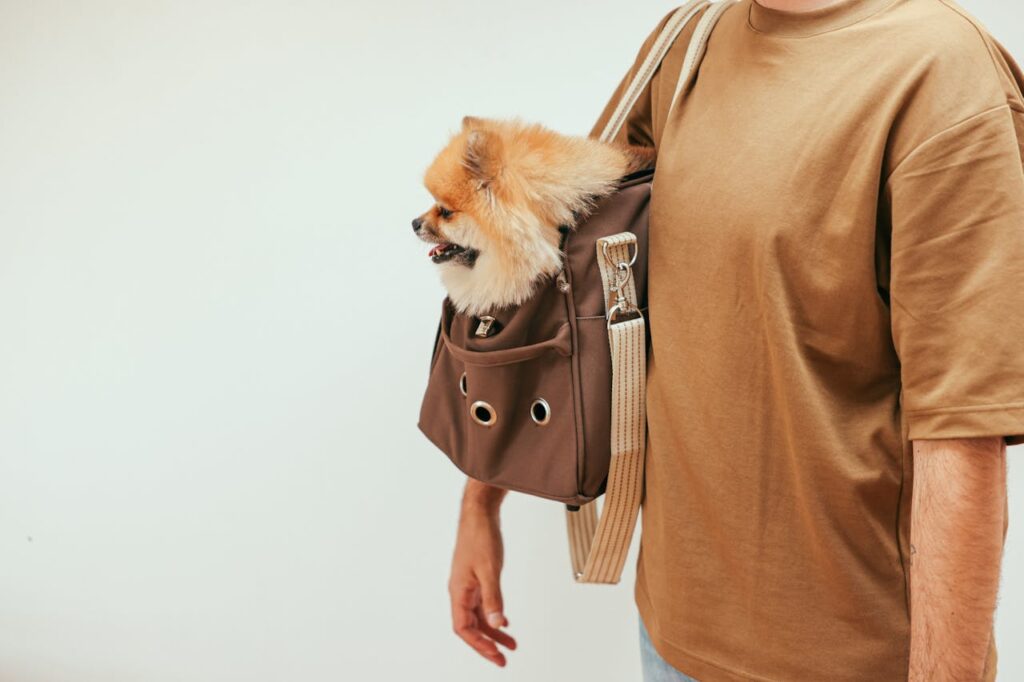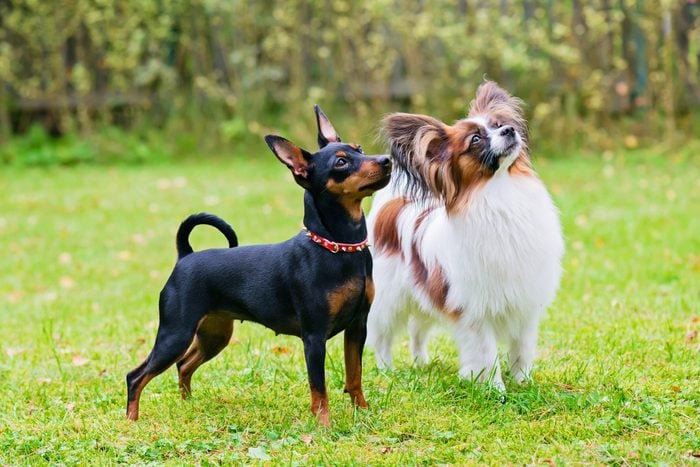Choosing a puppy as your pet is an exciting and life-changing decision. Dogs are loyal companions and can bring immense joy to your home. However, not every puppy is suitable for every lifestyle.
Understanding different breeds’ functions, behaviors, and characteristics can help you select the perfect pet for your family. Here is a detailed guide to help you make the best choice.
Table of Contents

Types of Dogs According to Function
1. Working Dogs
Working dogs are bred for specific tasks such as guarding, pulling sleds, or search-and-rescue operations. Breeds like German Shepherds, Siberian Huskies, and Rottweilers fall into this category. These dogs are highly intelligent, energetic , and require a lot of physical and mental stimulation.
Example: A German Shepherd is an excellent choice if you want a loyal, protective pet and have the time to invest in training and exercise. However, they may not suit a small apartment or a sedentary lifestyle.
2. Herding Dogs
Herding dogs, such as Border Collies, Australian Shepherds, and Corgis, are known for their agility and herding instincts. These puppies are perfect for active families or individuals who can provide regular exercise and engage in activities like agility training.
Example: A Border Collie might be an ideal pet if you enjoy outdoor activities and want an intelligent companion. They may not thrive in homes where they lack stimulation.
3. Sporting Dogs
Sporting breeds, like Labrador Retrievers, Golden Retrievers, and Spaniels, are versatile and make excellent family pets. They are friendly, easy to train, and enjoy activities such as fetching and swimming.
Example: A Labrador Retriever is a great choice if you have kids and are looking for a playful, affectionate puppy. They adapt well to different living environments but need regular exercise.
4. Toy Dogs
Toy breeds, such as Pomeranians, Chihuahuas, and Maltese, are small, portable, and perfect for apartment living. These dogs are ideal for people who want a cuddly, low-maintenance pet.
Example: A Pomeranian is an adorable companion that fits easily into small spaces and does not require extensive exercise. However, they can be prone to barking.
5. Terriers
Terriers, like Jack Russell Terriers, Scottish Terriers, and Bull Terriers, are known for their tenacity and playful nature. These breeds are energetic and require firm training but can be great for active families.
Example: A Jack Russell Terrier is a bundle of energy and thrives in homes where they can participate in games and activities. They may not be suitable for households with very young children.

Factors to Consider When Choosing a Puppy
1. Size
Think about the size of the dog as an adult. Larger breeds need more space, while smaller breeds can adapt to apartments or small homes.
2. Energy Levels
Choose a dog whose energy level matches your lifestyle. If you are active, a high-energy dog like a Husky might be ideal. For a more relaxed lifestyle, consider a breed like a Basset Hound.
3. Temperament
The puppy’s temperament is crucial. Some dogs are more independent, while others crave constant attention. Research the breed’s general behavior and interact with the puppy before deciding.
4. Grooming Needs
Different breeds have different grooming requirements. Long-haired breeds like Shih Tzus need regular brushing, while short-haired breeds like Beagles are low-maintenance.
5. Health
Research the common health issues associated with the breed. Responsible breeders will provide health clearances for the puppy’s parents.

How to Choose the Best Puppy from Multiple Litters
When you visit a breeder or adoption center with multiple litters available, it can feel overwhelming. Here are steps to help you make the best choice:
1. Observe the Puppies
Watch how the puppies interact with each other and their surroundings. Look for a puppy that seems curious, playful, and confident but not overly aggressive or shy.
2. Assess the Litter’s Health
Check for clear eyes, clean ears, and a shiny coat. A healthy puppy will appear energetic and alert. Avoid puppies that seem lethargic or show signs of illness.
3. Test Social Behavior
Pick up the puppy and observe its reaction. A well-socialized puppy will be comfortable being handled and show interest in human interaction.
4. Ask About Temperament
Ask the breeder or caretaker about each puppy’s temperament. They can provide insights into which puppies are more independent, playful, or calm.
5. Avoid the Extremes
Try to avoid choosing the most dominant or the most submissive puppy. A balanced temperament is usually a better fit for most families.

Importance of the Parents
The behavior and health of the puppy’s parents can provide valuable clues about your future pet:
1. Meet the Parents
Whenever possible, meet the puppy’s parents. Observe their temperament and behavior. Friendly, well-behaved parents are more likely to produce puppies with similar traits.
2. Check Health Records
Request health clearances for the parents. This ensures that they have been screened for genetic conditions common in the breed.
3. Observe Living Conditions
The environment where the parents and puppies are raised should be clean and well-maintained. Poor living conditions can negatively affect a puppy’s health and behavior.

Choosing a Dog Carrier
After selecting the perfect puppy, it is essential to choose the right dog carrier. Here are some tips:
1. Size
The carrier should be spacious enough for your puppy to sit, stand, turn around, and lie down comfortably. Measure your pet to ensure the carrier’s dimensions are adequate.
2. Material
Choose a durable material like plastic, metal, or reinforced fabric. For frequent travel, a hard-sided carrier offers better protection, while a soft-sided carrier is ideal for short trips.
3. Ventilation
Ensure the carrier has proper ventilation to keep your pet comfortable. Look for carriers with mesh panels or multiple air holes.
4. Portability
Consider features like handles, wheels, or straps for easy transport. Lightweight carriers are convenient for everyday use.
5. Safety Features
A secure latch or locking mechanism is essential to keep your pet safe. Ensure the carrier meets airline regulations if you plan to travel by air.

Conclusion
Choosing a puppy as your pet involves careful consideration of its function, behavior, and compatibility with your lifestyle. Whether you prefer a sporty Labrador Retriever or a cuddly Pomeranian, understanding the breed’s traits can lead to a fulfilling companionship.
When selecting from multiple litters, observe the puppies and their parents to ensure you’re making the best choice. Don’t forget to invest in a quality dog carrier to ensure your new furry friend’s comfort and safety during travels.
Remember, your puppy isn’t just a pet; it’s a family member that will bring love and joy into your life for years to come.

FAQs
How do I choose the right breed for my lifestyle?
When choosing a puppy, consider factors such as your living situation, activity level, and the amount of time you can dedicate to training and care. Some breeds are more suited for active families, while others may thrive in quieter environments.
Where is the best place to find a puppy?
You can find puppies through responsible breeders, adoption centers, or rescue organizations. It’s essential to ensure the breeder or organization follows ethical practices and prioritizes the health and well-being of the puppies.
How do I know if a puppy is healthy?
Look for signs of good health such as bright eyes, a shiny coat, and a playful, curious attitude. Ask for the puppy’s health records, including vaccinations and deworming history, and consider having a vet examine the puppy before making a decision.
What should I consider when adopting a puppy from a shelter?
When adopting from a shelter, consider the puppy’s temperament, any known medical history, and how well it has been socialized. Shelters often provide helpful information about the puppy’s background and can guide you in making an informed decision.
How much should I expect to spend on a puppy?
The cost of a puppy can vary greatly depending on the breed, where you get it from, and any initial medical care. On top of the purchase price or adoption fee, you’ll need to budget for food, grooming, training, and veterinary care.





9 Comments
Pingback: Everything You Need to Know About Poodles - Pet Bonded
Pingback: German Shepherd The Ultimate Guide to This Loyal and Intelligent Breed - Pet Bonded
Pingback: Golden Retriever, Your Loyal and Loving Companion - Pet Bonded
Pingback: Everything You Need to Know About French Bulldogs: Care, Personality, and More! - Pet Bonded
Pingback: How to Choose the Right Pet for Your Lifestyle - Pet Bonded
Pingback: Bulldogs, Everything You Must Know About This Iconic Breed - Pet Bonded
Pingback: Beagles The Adorable Companions You’ll Love - Pet Bonded
Pingback: Rottweilers: The Perfect Blend of Strength and Loyalty - Pet Bonded
Pingback: Dachshunds: Are They the Perfect Family Dog? - Pet Bonded